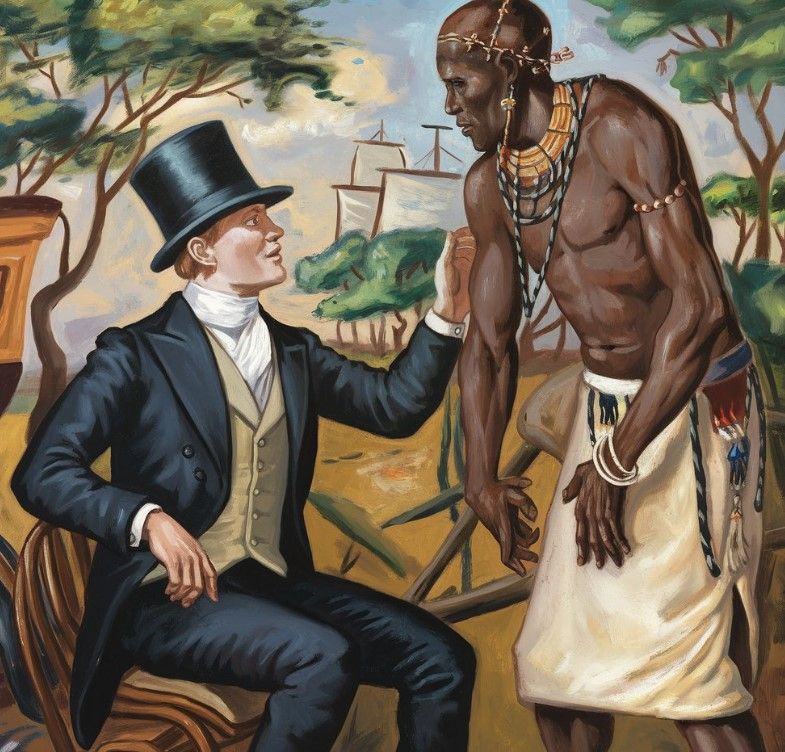Auxiliary Sciences of History and Examples

Contents
Read our article to understand how the auxiliary sciences are fundamental to the study of history.
Several supporting disciplines are essential for a comprehensive understanding of history. A historian must master interdisciplinary methods to contribute meaningfully to our collective human knowledge.
They are the ancillary disciplines, often called the auxiliary sciences, and include Chronology, palaeography, graphology, sigillography, diplomatic, epigraphy, numismatics, and archaeology. All of these subjects require practical experience and are best understood through hands-on learning.
The best way to acquaint yourself with these skills is through constant practise. The disciplines are inter-related and often need each other to function effectively.
Even in medicine, a correct diagnosis relies on analyzing past symptoms, much like history requires analyzing the past. The main ancillary disciplines will now be explained in detail:
Chronology
Chronology is the science of computing time to construct a coherent historical narrative. The element of time is the central perspective from which all of history is viewed. Space, time, and cause are the fundamental concepts required for any historical or philosophical interpretation of event.
In history, events are arranged in a chronological sequence to build a coherent narrative. It was invented for utilitarian purposes, as early societies, often for religious reasons, needed a system to record dates. A student of history must understand that mastering chronology is a difficult but foundational skill for all serious historical research.
Paleography
“Paleography” is the study of old hand writing and ancient scripts. The varied forms of alphabets are the primary focus of this study. It charts the evolution of each letter through time and across space. A paleographer can identify the approximate date and origin of a letter. A paleographer who can read manuscripts provides an invaluable service to the field of history.
In any given period, the level of education and the primary centre of culture directly influence the form of the letters. For a country like India, with its multitude of languages and scripts, the challenge is immense. Paleography also includes the study of abbreviations, which medieval scribes used frequently to save time and parchment.
There are specialized dictionaries of abbreviation to help researchers decipher old manuscripts. It develops mental alertness and sharpens one’s empirical capacities. It provides the ability to solve complex puzzles and problems through careful observation. A modern attempt to decipher the Indus valley civilization script has enlisted the help of computer science.
Graphology
“Graphology” is the analysis of hand writing to determine the character of the writer. Research has shown a person’s character is reflected in their hand writing; a Graphologist analyzes the shape, size, spacing, and pressure of the writing.
For instance, it is difficult to write legibly while traveling in a moving vehicle. Similarly, a person’s handwriting is often affected by illness or agitated moods. It can betray personal traits such as laziness, haste, or carelessness.
Diplomatic
Diplomatic is the study of the official pattern used in the writing of documents. The word diploma comes from a Greek term for a letter folded in two, referring to a specific kind of writing. Its meaning later expanded from a specific manuscript to any official document or charter, especially one granting a privilege or title.
It is from government officials that most official documents originate. Although the documents themselves are valuable, their worth increases when the findings of paleography and diplomatic are combined. In short, diplomatic is a significant aid to history because it helps verify a document’s authenticity.
“Sigillography” comes from the Latin word ‘Sigil,’ which means a seal. It can also mean a sign or mark believed to have occult power. Particularly in the context of history, it is the study of seals, often considered a sub-discipline of diplomatic.
It is also known as Sphragistic, which is the scholarly study of engraved seals and their place in history. The seals of the Indus Valley civilization present a famous challenge, as their script remains undeciphered. During medieval Indian history, seals were crucial for authenticating any official document.
They provide valuable information about the name of the ruler, the extent of the empire, and the date of the document. These seals also serve as a record of artistic and cultural development.
Archaeology, Epigraphy, Numismatics
Archaeology, Epigraphy, and Numismatics are the three sister sciences of history. These three disciplines are considered highly scientific in their methods and approach. Ancient Indian history owes its very reconstruction to the evidence provided by these fields.
The explorations, inscriptions, and coins uncovered by these fields have completely reshaped our understanding of the history of the world. Physics helps date archaeological sites using the Carbon-14 method. Engineering, chemistry, and photography all lend their expertise to aid the modern archaeologist.
Whose business is it to dig scientifically? The archaeologist’s. It is the scientific study of the remnants of the past. An archaeologist uses ancient ruins, inscriptions, and artifacts to reconstruct the history of a civilization.
Epigraphy, a sister science to paleography and diplomatic, is the specific study of inscriptions. The historian must not simply read records but know how they were deciphered and translated. In the state of Karnataka alone, a dedicated epigraphical survey has documented over thirty thousand inscriptions, a monumental task for any historian. They are a factual source of information on politics, warfare, literature, religion, and social and economic life.
Philology, Anthropology, etc…
“Philology,” the study of languages and their historical development, is an immense help to history. The anthropologist studies human beings and their ancestors through time, focusing on their physical character, environment, and social and cultural institutions.
Paleo-botany helps to determine the age of plant fossils, while medical science can analyze skeletal remains for information on diet and disease. Even the natural sciences are now used extensively in modern historical research.
Research in History
Let us now try to understand the term “research.” It is a new and original idea or an original contribution to existing knowledge.
According to the dictionary, it is a careful study or investigation of a subject to discover new facts. It involves a high degree of specialization, where a researcher focuses intensely on one small area of a subject. It can be a new fact, a new analysis, or even an old subject seen from a fresh point of view.
It is a systematic inquiry or investigation into a subject in order to discover facts or revise theories. But the most significant theoretical breakthrough will always be based on truly original planning and thinking. In research, one can take up a well-known subject and still treat it in a completely new and original manner.











